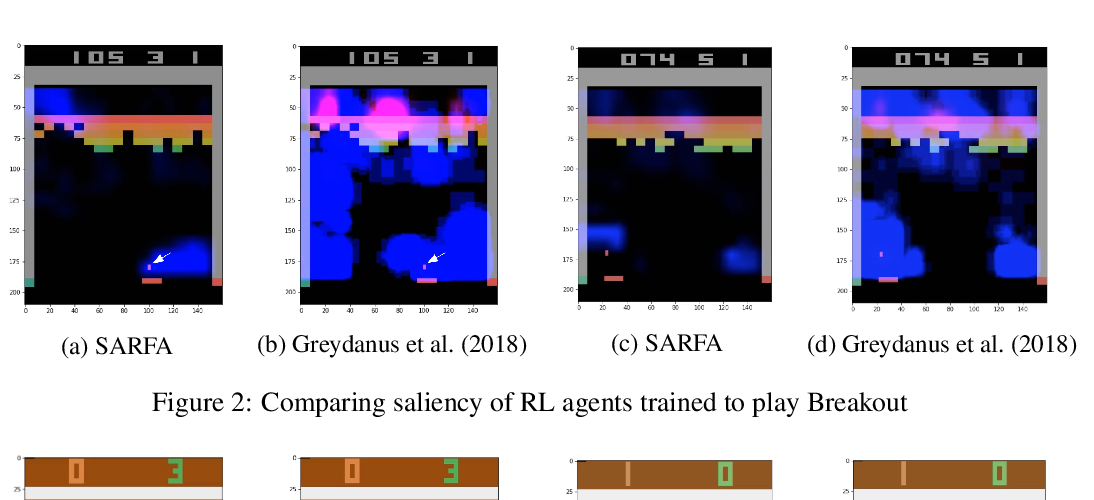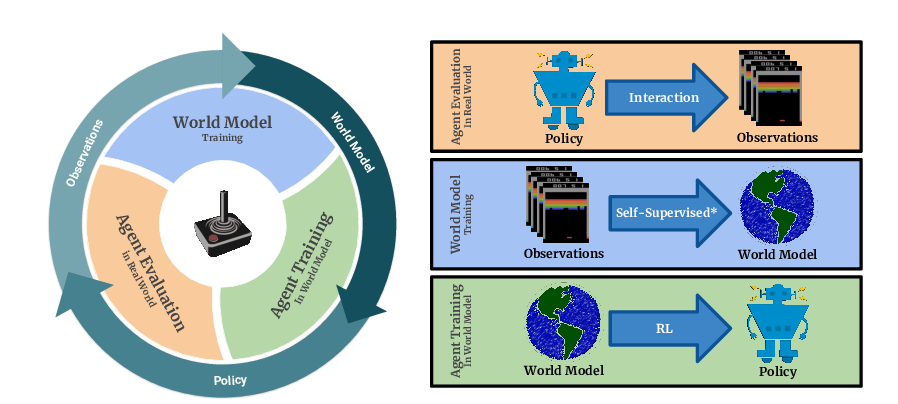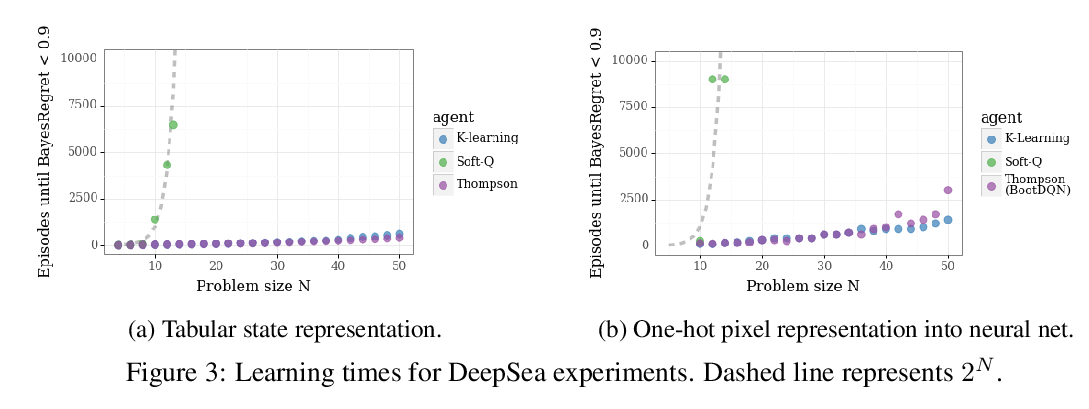Abstract:
Saliency maps are frequently used to support explanations of the behavior of deep reinforcement learning (RL) agents. However, a review of how saliency maps are used in practice indicates that the derived explanations are often unfalsifiable and can be highly subjective. We introduce an empirical approach grounded in counterfactual reasoning to test the hypotheses generated from saliency maps and assess the degree to which they correspond to the semantics of RL environments. We use Atari games, a common benchmark for deep RL, to evaluate three types of saliency maps. Our results show the extent to which existing claims about Atari games can be evaluated and suggest that saliency maps are best viewed as an exploratory tool rather than an explanatory tool.



